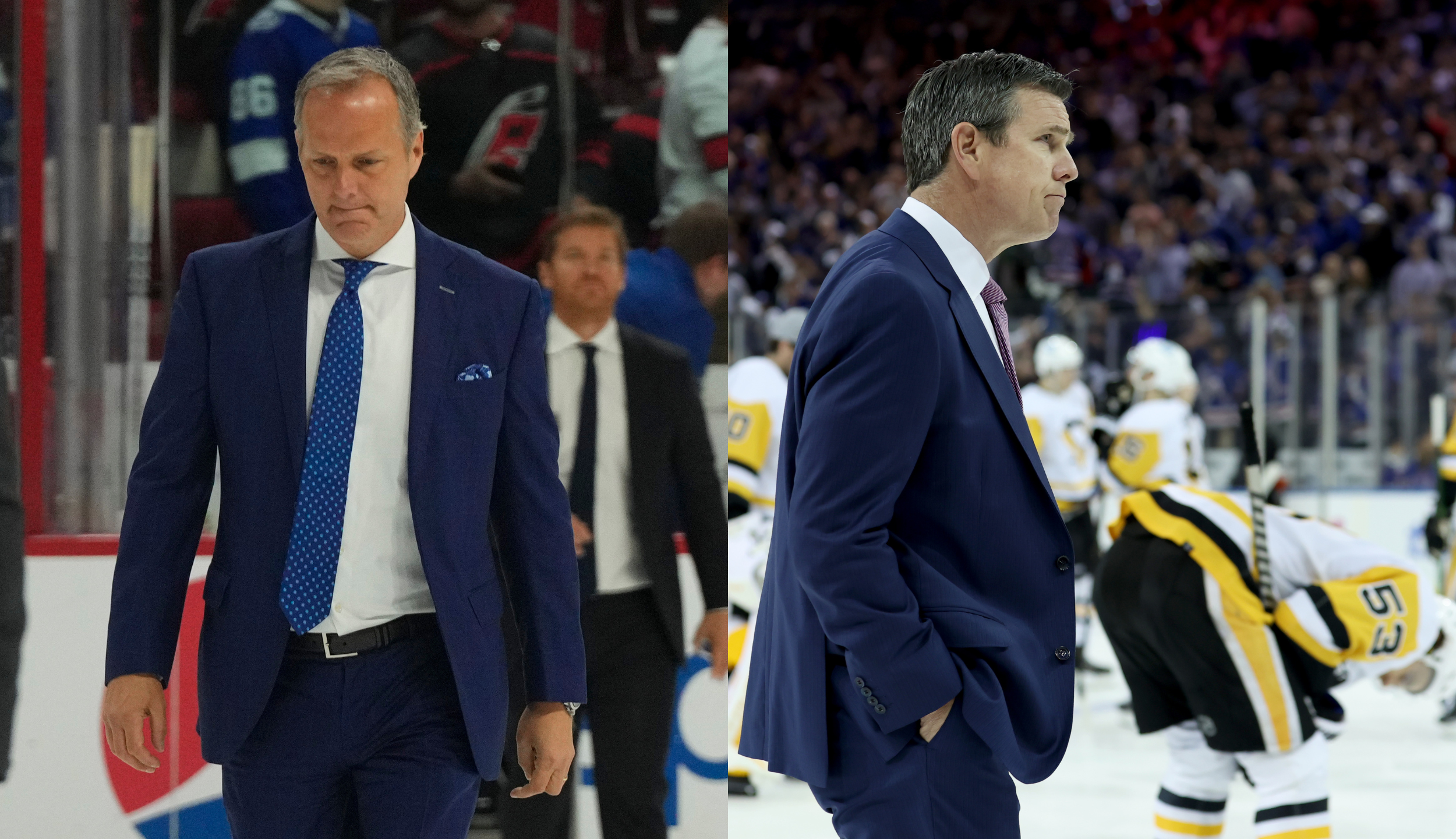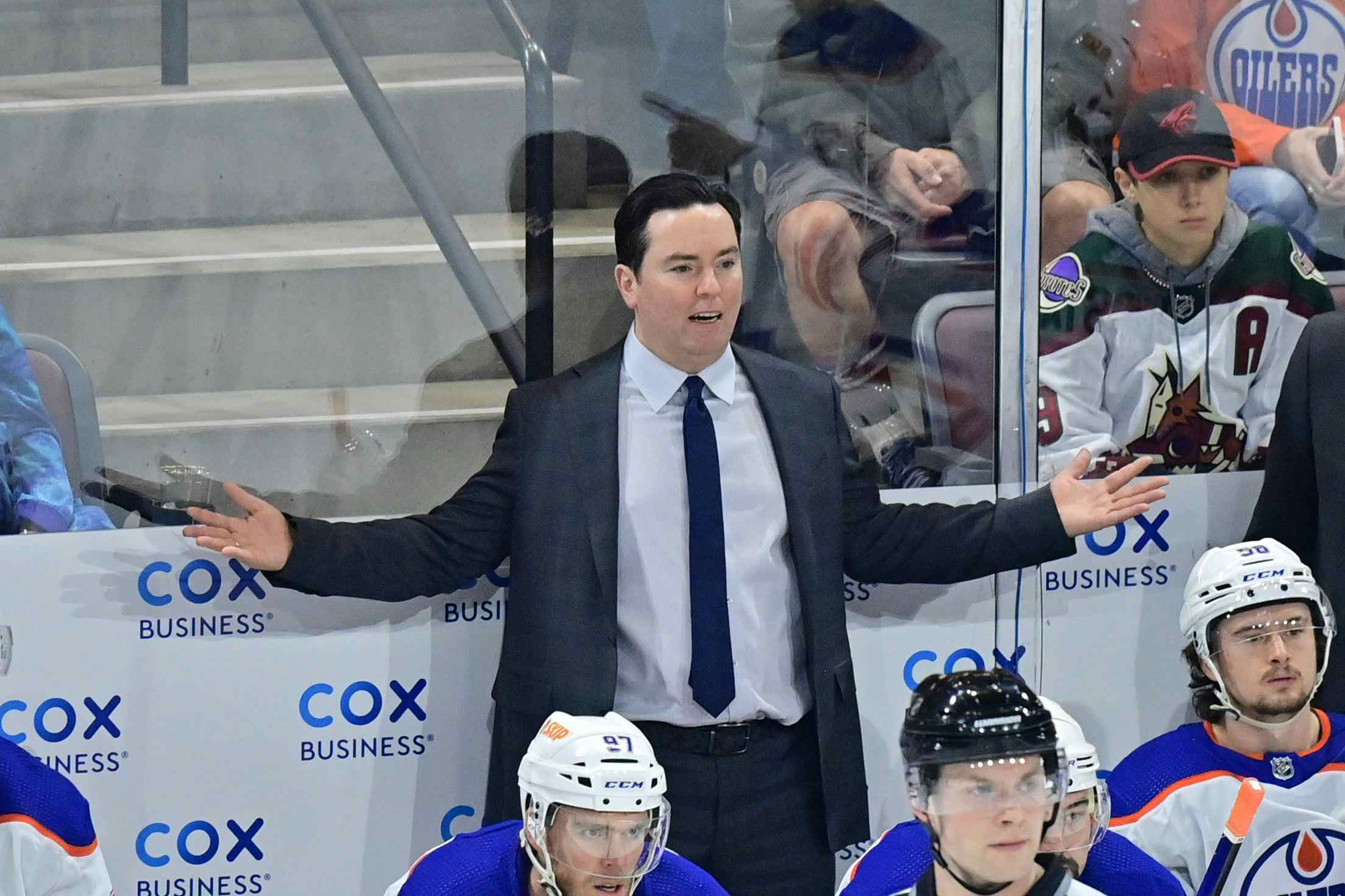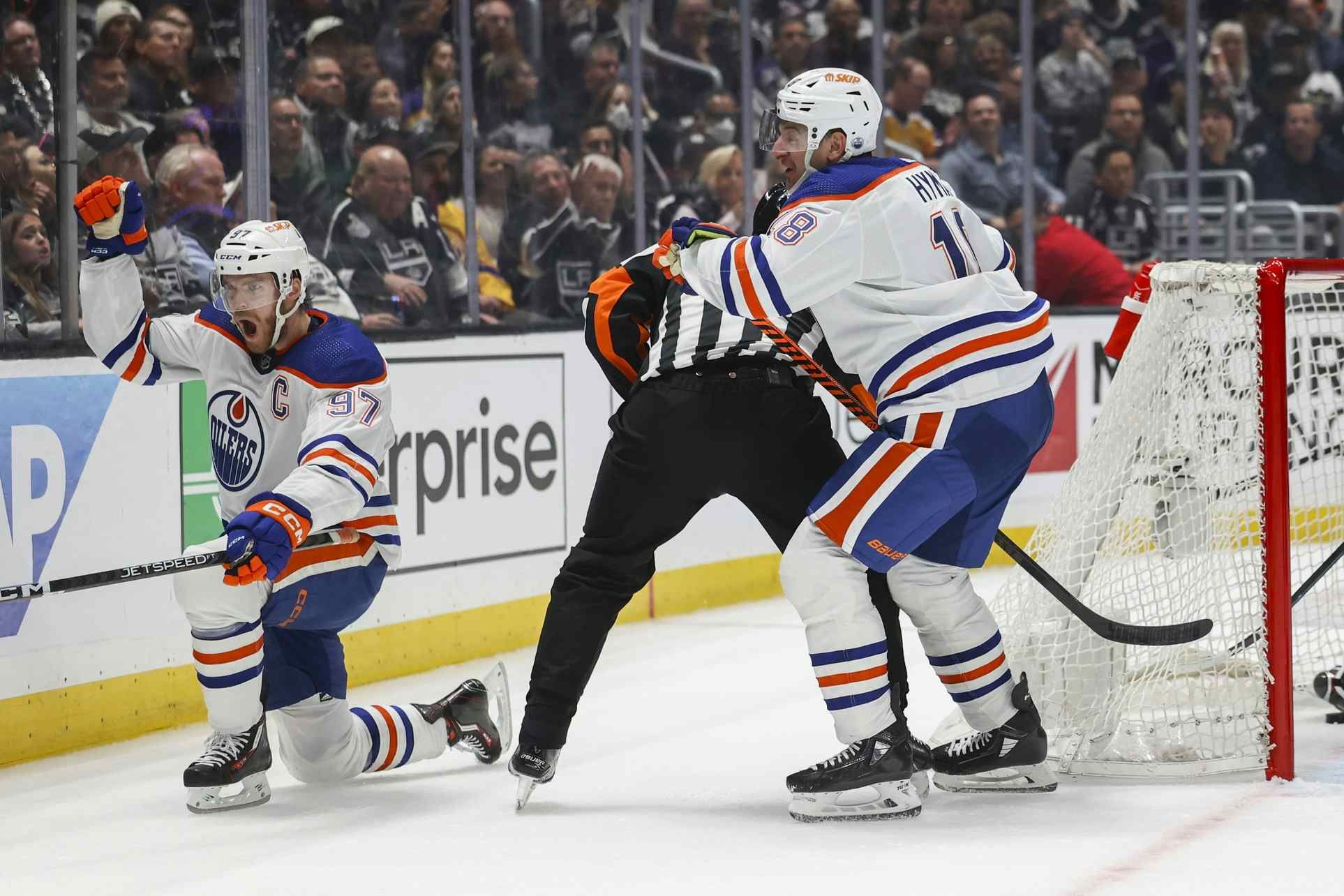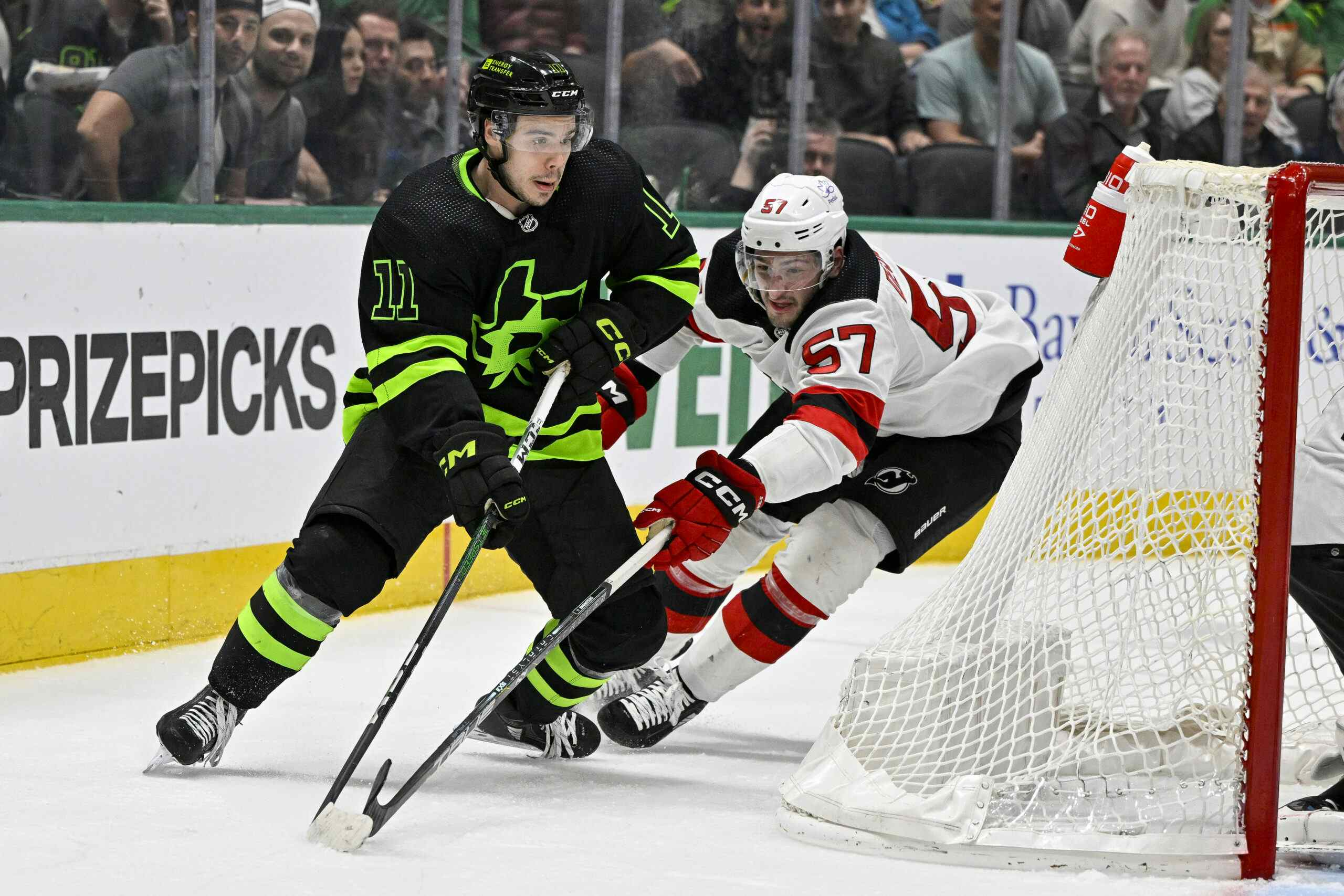Last Place Teams, Five Years Later: Group Performance
I hope that most have enjoyed our series tracking last place teams between 1995-96 and 2005-06, and their performance five years out. As we’ve seen, performance has varied from team-to-team – from squads that went on to win the Stanley Cup, to teams that put in a competent performance, to the perpetual losers.
How did they fare, as a group? If we wanted an average base-line to give us an idea of what the Oilers might do if they follow the group’s curve, what would that look like? After the jump, the conclusion to this series.
Naturally, since we’re tracking aggregate performance, I’ve included a series of graphs, which tell the bulk of the story. The only alteration I’ve made to the numbers is to project all finishes over a 30-team league (the NHL only expanded to 30 teams in 2000-01, so some of these finishes came in a 26, 27 or 28-team league – adjusting the standings to a 30-team league makes the results more realistic for today).
What percentage of teams made the playoffs?

What percentage of teams finished in the top-10 during the regular season?

What was the average finish of the teams in question?

Conclusion
I have to admit that when I put these trends together, I was more than a little surprised. The third chart is particularly frightening – five years after hitting rock bottom, the average finish for these clubs is right on the playoff bubble. At first glance, that might seem to conflict with the top graph (which shows a 70% playoff attainment rate) but the explanation is simple: five years out, there are a lot of teams on the playoff bubble, a few teams at the very bottom of the league, and no teams near the top (Pittsburgh, the best performer of these 10 clubs in their fifth season, finished eighth in the league). That skews the overall average down to the playoff bubble.
The sad thing is that very few teams on this list ever managed to parley their top draft picks into lasting success – only two of the 10 teams (Pittsburgh and Ottawa) enjoyed a lengthy period of success as a result of their rebuilding, while the majority of teams were either one-and-done or never spent any time in the league’s upper echelon.
It’s a sobering set of facts, and one that points to the importance of augmenting top picks with managerial excellence. We know the Oilers both have and will have the former, but opinions vary on the latter.
Recent articles from Jonathan Willis





